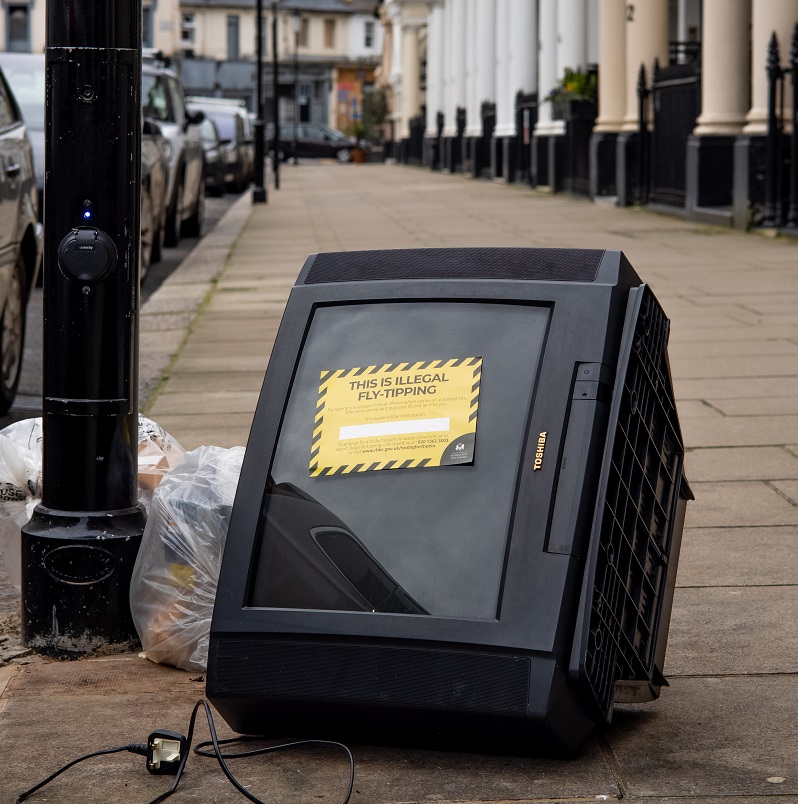‘Approached for comment’ – how should local authorities respond to post-publication media enquiries?
About the author
Will Lodge prepared this article - part of a CIPR Professional PR Diploma assignment - while studying with PR Academy.


It is 5pm and your press officer says: “I need a comment approved.” Wondering what crisis has arisen, you discover it is a mundane parking enquiry from the local paper. Questioning the rush, as you read the draft response, the communications officer explains the article is already online – and fast attracting negative comments on social media.
This will be familiar to chief executives, directors and communications leads across the public sector. But what to do about the 13th hour media enquiry?
Aside from the actual response, my ten years’ experience as a local journalist and ‘poacher turned gamekeeper’ council communications manager – along with communications theory – suggests there is far more we can do.
Before jumping into how we respond, we should consider if we respond at all. Should we care about online articles, especially in ‘that’ publication with the clickbait brand? Will readers’ opinions change or are they reading confirmation bias – “haters gonna hate” as Taylor Swift tells us? Indeed, can we not get the message out there ourselves, by-passing the media?
Yes, in the main we should respond. One article may not cause a problem; but collectively a series of pieces without an organisational response gives an altogether different impression.
Of an organisation that does not care about its residents and their issues, one no-one has anything positive to say about; an organisation too lazy to respond to a journalist’s question, scrutinising public authorities and holding them accountable. The theory tells us cumulative tone matters.
That is if you are the correct organisation to comment. Recently we were approached for comment (post-publication) about a digger which had tipped over. The inference: we were at fault. But it was private work, nothing to do with us – something readers would not know if we did not respond. (Another time we were “approached for comment” but the request never came, stuck in the reporter’s email drafts.)
Articles remain online for a long time, meaning anyone Googling your organisation may find those disparaging pieces, wrecking your hard-earned reputation. This, and the unlikelihood readers will consume a follow-up article, is why we must always push journalists to update the original article with our comment.
Here we could underline having streamlined approvals, empowering your communications teams to get information and comments signed off quickly. Theory emphasises a need for speed; the practice is even faster, in our new era of social media where deadlines are more than ever measured in minutes (often in negative equity), not even hours. But this is putting a plaster on the cut and, as the adage goes, prevention is better than cure. How do we stop the wound in the first place? This is where relationships are critical.
The obvious starting point is your relationship with the media. Understanding publishers’ needs, giving them confidence to approach you before articles go online knowing their sure-fire web hits will not be delayed by slow cogs in your authority. Ensuring that relationship – made with an editor who oversees the high turnover of reporters these days – is communicated to their staff. Having an open door for newer journalists, explaining your organisation to them. Being available for interview. And, over time, building relationships that enable you to have robust off-the-record conversations; or even to re-frame articles. My two negative experiences with the same title led to a discussion and agreement to support their need for speed, balanced with an agreement they would always seek comment before publishing.
“Approached for comment” pieces invariably follow a formula of putting that line – and any subsequent comment – at the bottom of the article, to be seen by only a hardy minority of readers.
There is little value or justice, to paraphrase Iago’s observation in Shakespeare’s Othello: “Reputation is oft lost without merit”. Consider the headline ‘Council takes four weeks to clear up fly tip’ when your comment says ‘Council cleared fly tip on same day it was told about it’. As a minimum we should aim for that summary by the third paragraph. Even better: use that positive relationship with the reporter to turn the piece upside-down, condemning fly tipping, and with a call to action for readers to correctly report problems to be dealt with.
This is not revolutionary communications advice, though always worth re-iterating, and can only achieve so much. Issues will still arrive at short notice, or with no notice, for response. This is where another set of relationships comes in – internally, between communications and staff, senior management, and elected leaders where applicable.
Horizon-scanning is recognised in crisis and reputation management literature as a key step in getting a march on issues. It is important everyone does this and, if an issue likely to end up in the press arises, tell your communications lead. This may require cultural change in your organisation, and applies equally to frontline staff with day-to-day operational issues, and senior management picking up potentially reputation-shattering concerns.
Your communications team will also be doing their own horizon-scanning of social and traditional media – if they spot an emerging issue, then listen to them. Being aware of something before it becomes public allows a reactive line to be ready-approved for issue if asked (or even sometimes proactively).
This requires trust, and building this depends on individuals, experience and time. It can be particularly difficult in politically-led organisations – but also greatly ameliorated by trusting the role of communications.
Trust supports not only proactive response, but also reactive. You can only prepare so much, and you can be certain something will arise which is not covered. When this happens can you trust your communications lead to respond instantly – giving a holding line, perhaps based on something previously approved – to save you valuable minutes or hours in providing a response, in which time countless people may read the article? Evidently a balance needs to be struck here in elected member organisations between latitude to respond within certain parameters, and not having officers supersede those democratically elected.
Is your communications teams trusted and empowered to work off the leash? Once you have signed off a comment, can your communications team run with it?
Often simply providing a response to the media outlet is enough, but if a story is gaining traction they may need to go out more strongly; sharing the comment widely on social media, the publication’s own post, maybe with other media. Perhaps the response warrants its own article, as the Health and Safety Executive’s Myth Buster pieces used to do.
This can only happen if the proper, trusted and appropriate relationships are in place. Although 24/7 news media is not a new phenomenon, as the internet grows in speed and scope – with instant social media posting – it can feel as though our lives are being hurried along. While speed is a critical part of the response, we must take a step back and focus on the bigger picture. Being fast is not enough anymore.
Yes, ensure your organisation can respond quickly. But for every minute a short deadline ticks away, make sure to put an hour into relationship building – because it will pay off in the long run. Crises, big or small, are won as much in peace time as in times of conflict.